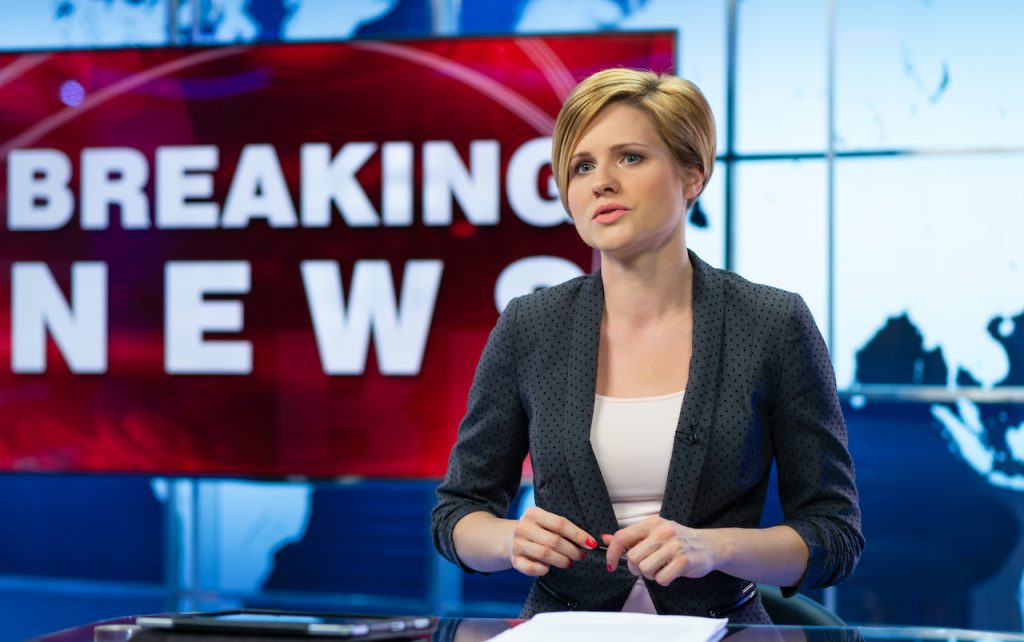I often hear about negative media experiences when discussing communication with scientists and researchers. Some tell me these encounters were so unpleasant, it’s made them avoid the media altogether.
This worries me because negative publicity or criticism does not prevent people from spreading disinformation. In fact, it seems to spur them on.
We step back and someone else steps forward
We know that disinformation hits the most vulnerable members of society the hardest. They may not have the resources or know-how to fact-check information they encounter online, for example, particularly if they have limited access to the internet.
Those who are vulnerable to disinformation may be more likely to believe false claims about health or medical treatments, which can lead to dangerous behaviour, such as rejecting safe medical treatments in favour of unproven or even harmful remedies.
We saw this during COVID 19.
In 2021 I had an illuminating conversation with Dr Syra Madad, senior director of New York City’s (NYC) Health and Hospitals System-wide Special Pathogens Program. Madad, a key figure in managing NYC’s response to infectious diseases such as measles, Ebola and COVID 19, says science communication rests on two major pillars: the message and the messenger.
“When we talk about the messenger, we need to have people who are credible in this field, who can articulate the information in terms people can understand,” says Madad. Communicators also need to be empathetic, active listeners who can answer questions with facts, she adds. “Where we went wrong [in the pandemic] early on is that our messengers were politicians who had no idea what they were talking about.”
The second communications pillar is the message itself. “It needs to be culturally competent, match the health literacy of your audience and be bite-sized,” says Madad. “If you tell people 30 minutes of information, they are going to understand the first and last 2 minutes.”
In short, we need to hear from scientists (not just politicians) and the message needs to be pithy and hyper-focused on the audience. If you don’t understand your audience, your message is going to be lost.
What about your career?
It’s not just society that misses out when scientists step back, it is also the scientists themselves. A higher profile means industry, funders, donors and potential collaborators will know who you are.
Learn from those media moments
It’s natural to remember negative or embarrassing memories more vividly. So, it’s essential to reflect on what you can learn from these experiences and how you can protect your work in future.
Follow these steps to ensure more positive media experiences.
- Establish clear communication with the journalist/s before an interview. Provide them with background information on your research and be prepared to explain the findings in simple, clear terms. Offer to be available to answer any follow-up questions, and do so in a timely manner.
- If you are wary of certain media outlets that you know have a bias, start with organisations that actually employ science journalists You can find this by checking the website for staff biographies.
- Think long-term. Build a rapport with journalists you enjoy working with so they feel comfortable approaching you for comment. If their questioning is outside your field of expertise, offer to connect them with colleagues who are more suitable for an interview. Building trust with a journalist will make them much more likely to engage when you have a research to publicise. Remember: as much as you need coverage, journalists need good sources for information and good talent!
- Work with public-relations professionals who are experienced in dealing with the media, and if media training is available to you, take it. These resources can help you prepare for interviews and provide guidance on how to communicate your research effectively.
- When dealing with criticism or negative press coverage, put things into perspective. Bad media experiences do not define you or your work.
Some final thoughts!
I would also urge scientists not to ignore interview requests from organisations that have a bias against science. We need to keep the lines of communication open with both the journalists and their readers and continue to address misinformation.
It’s also worth considering that not all journalists are the same and not all media experiences will be negative.
I’m always inspired by what astrophysicist Dr Becky Smethurst said to me in 2021:
“It’s important to flood social media with academics who actually know what they’re talking about, so that you drown out all of the conspiracy theorists,” said Smethurst. “When someone logs onto YouTube and searches for ‘astronomy’ or ‘space’, we do not want to see flat Earth-style videos. We can change this.”
Opinion by Kylie Ahern, Publisher of The Brilliant and CEO of STEM Matters

